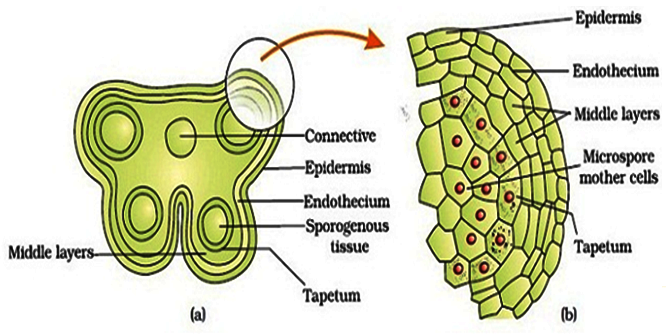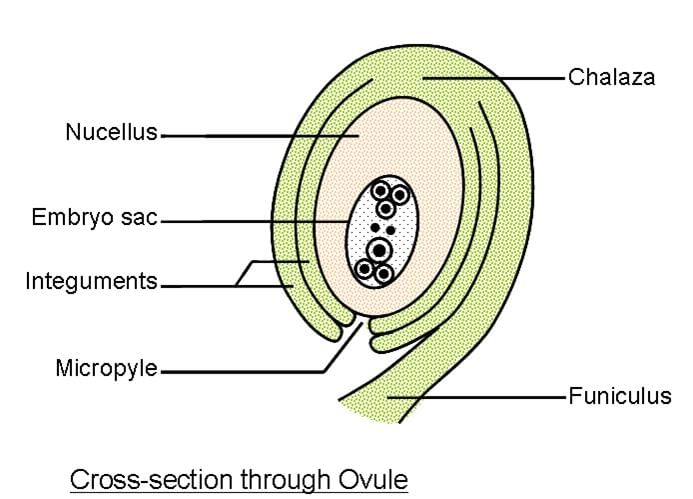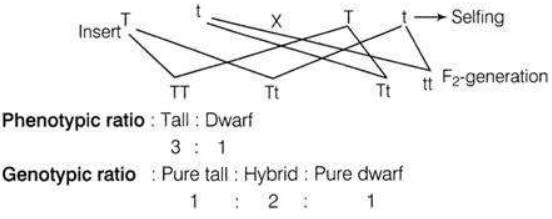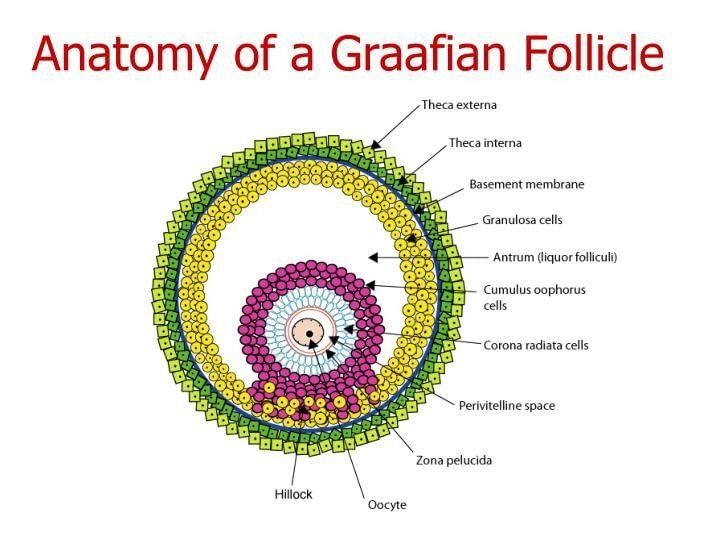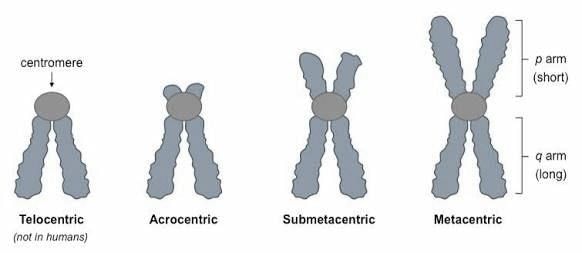Sample Test: Biology - NEET MCQ
30 Questions MCQ Test - Sample Test: Biology
The taxonomic unit ‘Phylum’ in the classification of animal is equivalent to which hierarchical level in classification of plants:
| 1 Crore+ students have signed up on EduRev. Have you? Download the App |
Viruses are non-cellular organisms but replicate themselves once they infect the host cell. To which of the following kingdom do viruses belong to?
Members of Phycomycetes are found in:
(i) Aquatic habitats
(ii) On decaying wood
(iii) Moist and damp places
(iv) As obligate parasites on plants
Choose from the following options.
A dicotyledonous plant bears flowers but never produces fruits and Seeds. The most probable cause for the above situation is:
The outermost and innermost wall layers of microsporangium in an anther are respectively:
Starting from the innermost part, the correct sequence of parts in an ovule is:
A particular species of plant produces light, non sticky pollen in large numbers and its stigma are long and feathery. These modifications facilitate pollination by
From among the situations given below, choose the one that Prevents autogamy and geitonogamy
Person having genotype IA IB would show the blood group as AB. This is because of:
A cross between two tall Plants resulted in offspring having few dwarf plants. What would be the genotypes of both the parents?
In a dihybrid cross, if you get 9:3:3:1 ratio it denotes that:
Mendel’s law of independent assortment always holds good for genes situated on the:
Occasionally, a single gene may express more than one effect. The phenomenon is called:
In the F2 generation of a Mendelian dihybrid cross, the number of Phenotypes and genotypes are:
A male human is heterozygous for autosomal genes A and B. He is also hemizygous for hemophilic gene h. What proportion of sperms will carry abh.
Classification of chromosomes with regards to shape based on:
Chromosome with centromere slightly away from center is known as:




